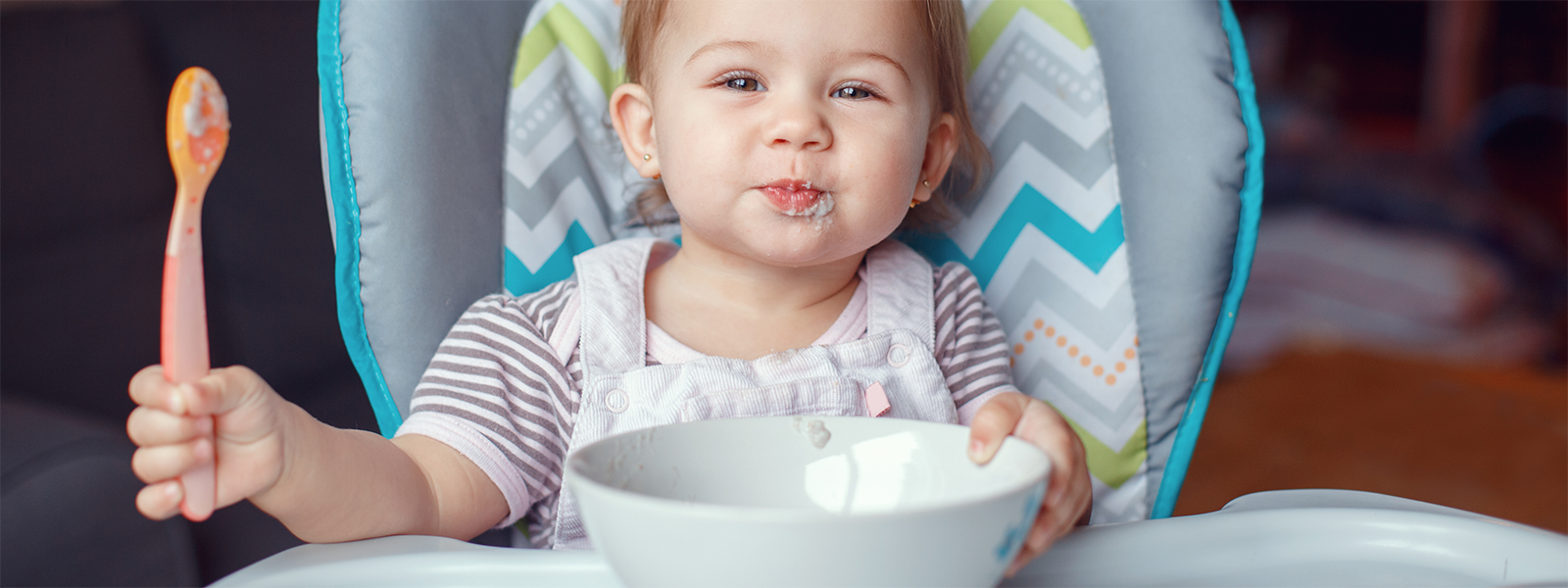As you embark on this exciting journey, being active will benefit both you and your baby. Experts recommend that, unless there is a complication that prevents exercise, pregnant women should aim for at least 150 minutes of moderate-intensity exercise per week.1 Don’t worry, it’s not as overwhelming as it may sound. We’ve made a guide to help you every step of the way. Consult your healthcare provider before starting any new exercise or if you have any questions.
Being active is important for you and baby
Exercise offers numerous benefits, from boosting your mood to improving your physical health. It can also be a prescription for reducing the risk of complications like gestational diabetes, preeclampsia, and excessive weight gain.1 In addition, exercise can help prevent back pain, relieve constipation, improve sleep, and boost your energy levels, making those first few months of pregnancy more comfortable.2
And it’s not just beneficial to you! Regular exercise can also be beneficial for your baby.1 Research shows that exercise can lower the chance of birth complications, such as a larger-than-average baby (macrosomia) or the need for a Caesarean section.1
Choose exercises with low risk of falling and talk to your doctor if you think you have any condition that may prevent you from exercising.
How much exercise do you need?
The goal is at least 150 minutes of moderate-intensity physical activity per week, ideally spread across at least three days.1 You can start with short sessions, especially if you're new to exercise, and work your way up. For example, begin with 15-minute sessions three times a week and gradually increase as your energy and stamina build. If you're already active, aim for 30-minute sessions five times a week, mixing in both aerobic and resistance exercises.
What types of exercise are best?
Variety is key to getting the most out of your workouts. Incorporate different types of activities to keep things interesting and impactful.
Aerobic activities
Aerobics help strengthen your heart and lungs. Aim for activities that are low-impact and avoid anything where you risk falling. Think brisk walking, swimming, or dancing.
Strength training
Strengthening your muscles and bones can improve your posture and make daily tasks easier as your body changes. Try modified weight training or resistance band exercises. Be sure to always listen to your body and avoid overexertion.
Flexibility and stretching
Pregnancy puts extra strain on your muscles and joints, making gentle stretching or yoga good choices. These activities help keep your body mobile, improve balance, and relax your mind.
Pelvic floor exercises
Exercises like Kegels strengthen the muscles that support your bladder and uterus. These are especially important as they help reduce the risk of urinary incontinence and support recovery after birth.
Making and modifying your routine
Staying consistent with exercise is all about building it into your routine. If you’re struggling to stick to your solo workout schedule, try joining a group class! It’s a great way to stay motivated and an opportunity to meet other parents.
As your pregnancy progresses, your body will change, and your exercise routine may need to be adjusted. If you experience discomfort, make modifications to ensure you’re still comfortable and safe, and talk to your doctor if you have concerns.
If you’re just starting, take it slow. The key is to enjoy the process and focus on how exercise makes you feel. Whether it's the energy boost or the improved mood, the benefits are worth it.
Safety tips
While staying active is encouraged, there are a few precautions to keep in mind.
- Avoid overheating: Pregnancy makes it harder for your body to regulate temperature, so be sure to drink plenty of water and avoid exercising in hot conditions.
- Wear the right gear: Make sure you dress comfortably! Proper shoes and a supportive bra are essential (especially as your breasts become tender).
- Take breaks: If you feel faint, dizzy, or short of breath, stop and rest.
- Steer clear of risks: Stay away from exercises that involve a risk of falling or contact, like high-impact sports, horseback riding, or scuba diving.
Top takeaways
Staying active during pregnancy is an important part of keeping you and your baby healthy. Exercise doesn’t have to be complicated and overly time-consuming. Prioritize finding fun ways to stay active that make you feel good.
Here’s to a happy, healthy pregnancy—one step at a time!
References
1 Mottola MF, et al. Joint SOGC/CSEP Clinical Practice Guideline No. 367. 2019 Canadian Guideline for Physical Activity throughout Pregnancy. JOGC. 2018;40(11):1528-1537.
2 Society of Obstetricians and Gynaecologists of Canada. Exercise during pregnancy. Pregnancy Info. Accessed December 2024. https://www.pregnancyinfo.ca/your-pregnancy/healthy-pregnancy/exercise-during-pregnancy/
Public Health Agency of Canada. Healthy pregnancy guide. Updated September 2024. Accessed December 2024. https://www.healthlinkbc.ca/pregnancy-parenting/pregnancy/your-health-during-pregnancy/exercise-during-pregnancy
Society of Obstetricians and Gynaecologists of Canada. New Canadian guideline prescribes exercise for healthier pregnant women, healthier babies. Updated May 2019. Accessed December 2024. https://sogc.org/en/en/content/featured-news/new-canadian-guideline-prescribes-exercise-for-healthier-pregnant-women-healthier-babies.aspx










